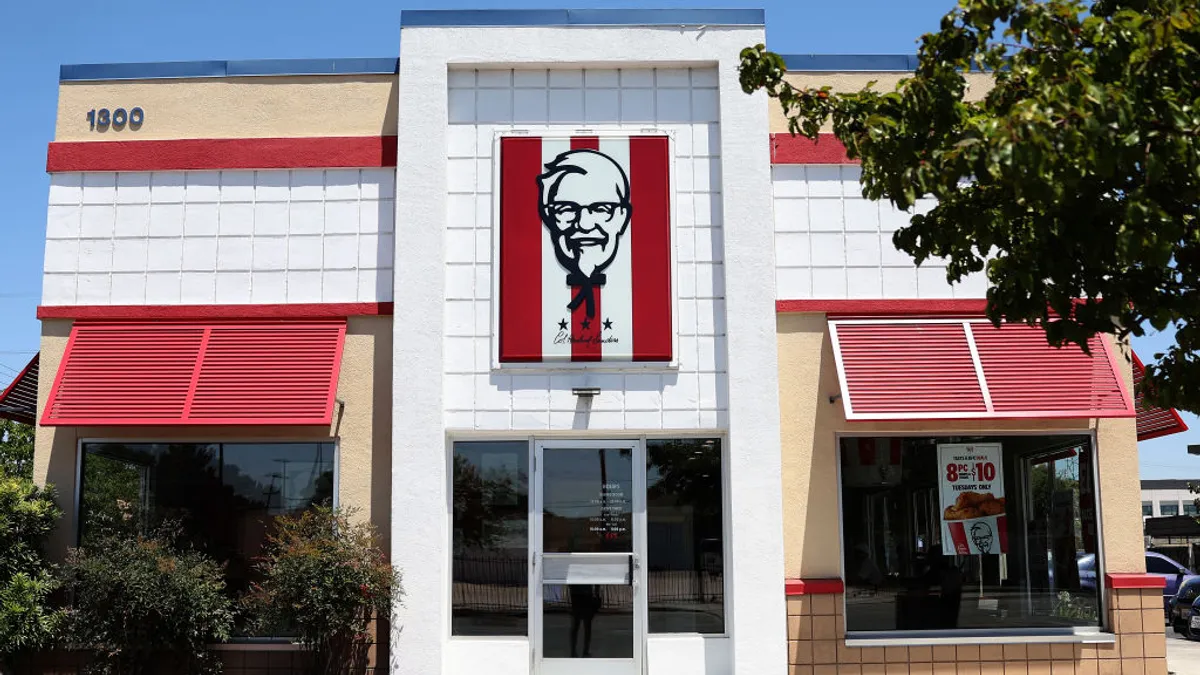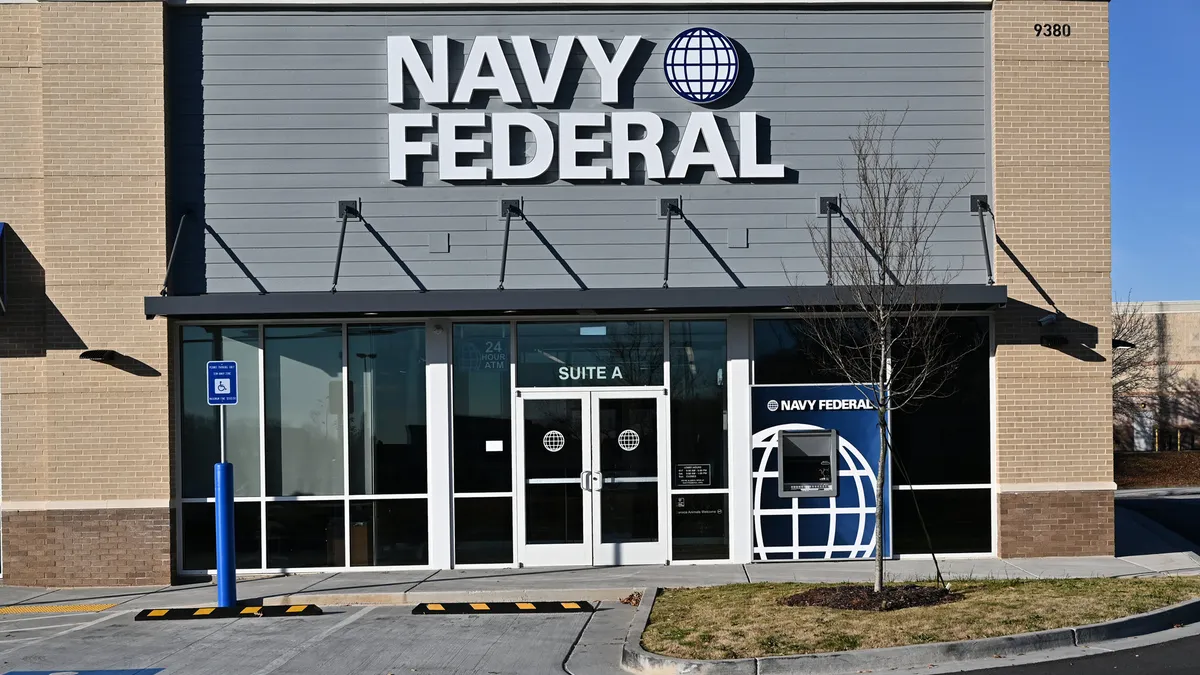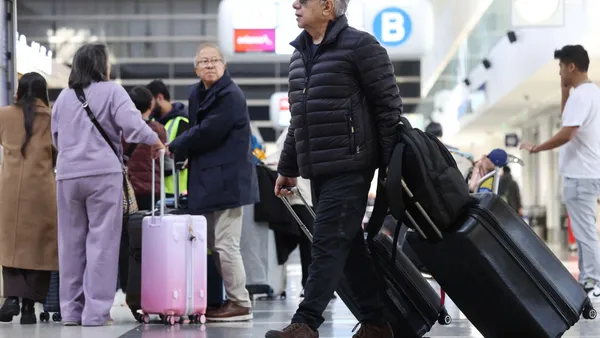In President Joe Biden's first joint address to Congress in April 2021, he made the case that customer experience was critical to democracy.
“We have to prove democracy still works, that our government still works and can deliver for our people,” he said.
In December 2021, he signed an executive order to transform federal customer experience and service delivery to rebuild trust in government.
While the current administration is a champion of customer service practices, efforts to improve the delivery of government services from a customer experience perspective has had a home in many administrations — and likely many more to come.
Former President Donald Trump made improving the delivery of government services a priority in his administration. Experts expect such efforts to continue should he return to the White House. And, if elected, Vice President Kamala Harris is expected to build on the CX legacy of the Biden presidency.
Neither campaign responded to CX Dive’s requests for comment.
The difference in the presidential candidates’ approaches lies in the amount of funding and resources the candidates put behind federal initiatives and which agency initiatives they prioritize. Regardless of who is elected, the next administration will be building on CX efforts that go back to the early 90s.
During the first Bush administration, President George H.W. Bush proclaimed Oct. 4 through Oct.10, 1992, National Customer Service Week. In 1993, President Bill Clinton signed an executive order setting customer service standards for the federal government.
Each administration since has left its mark on improving the delivery of government services.
The Biden administration put money behind the initiative — spurred in part by the COVID-19 pandemic. More than ever, it was important to provide self-service options and to deliver services to people who needed it.
“The government's catching up,” said Laura Stash, EVP of solutions at iTechAG, a technology consulting firm that works with the federal government.
People expect the private sector standards of customer experience, from seamless delivery to service-centered models, from government agencies as well.
“There's years of work going into the goals that were created around human-centered customer experience, and there were agencies driving that, and it finally reached a pinnacle, to a place where it could be approved and supported and pushed by Biden,” Stash said.
A lot of this work is not only bipartisan, it’s nonpartisan, said Amira Choueiki Boland, chief of staff of New America’s New Practice Lab and the former lead for federal customer experience at the Office of Management and Budget in the executive office of the president.
“As we've seen from multiple Republican and Democratic senators and Congress people, this is an area, one of the few, where we can all still kind of work together and keep it going,” she said.
Where Harris stands
As part of the Biden administration, Harris is largely expected to continue the federal CX work already underway, building on what was laid out in the 2021 executive order.
“The executive order from the administration gave a lot of fuel to agencies to make sure there was a focus on customer satisfaction, citizen satisfaction,” said Joe Jeter, SVP of federal technology at Maximus, which provides technology consulting services to the federal government.
The executive order put a focus on high-impact service providers, agencies like the Social Security Administration, the Department of Veterans Affairs and Centers for Medicare & Medicaid Services, which have a high impact on the public as a result of the critical services provided and the size of population served.
“We definitely dialed up efforts during the Biden administration,” Boland said. The administration put more resources behind federal CX, increased the size of OMB’s team working on CX, and committed U.S. Digital Service resources to OMB pilot projects.
Last year, the Biden administration’s OMB built on the work of the executive order. It launched nine life experiences projects to help streamline service delivery for Americans during critical moments, including having a child and early childhood for low-income families, recovering from a disaster, facing a financial shock, navigating transition to civilian life, and approaching retirement.
As part of the life experience project, Harris launched the newborn supply kit project in 2023, a partnership between the Department of Health and Human Services and nonprofit Baby2Baby to distribute newborn supply kits to new moms. As part of her campaign, Harris has continued talking about the need to serve people during such a critical time.
Where Trump stands
The Trump administration also made improving the delivery of government services a priority.
“Customer experience didn't take a nap during the Trump administration,” said Judy Weader, principal analyst at Forrester. “I would still [expect] the customer experience would move forward, it would just move forward differently.”
Following the Obama administration’s cross-agency goal on customer service, the Trump administration set a cross-agency priority for customer experience — with an eye toward meeting the challenge like a business.
“In the Trump administration, it was a lot more of, how can government be more like a business?” Boland said. “If you can update your address with Amazon and get a package the next day, why can't you do that with the VA and fill your prescription in the state that you're in?”
The Trump administration stood up the Customer Experience Center of Excellence at General Services Administration and created the role Boland served in as the first-ever lead for federal customer experience at OMB. Under Trump, OMB piloted the life experiences project Biden then codified.
Trump’s President’s Management Agenda set a goal of improving customer experience with federal services. It called on federal agencies to provide a modern, streamlined and responsive customer experience that rivaled leading private-sector businesses.
“We actually got a ton of movement and intuitive thinking of customer experience being more of a discipline and service design in the Trump administration that then kind of set the table really effectively for the Biden administration when they came in,” Boland said.
While Trump’s campaign platform makes no mention of federal CX, experts say a Trump administration would likely continue to invest in CX.
“I think which part of the government has the money to implement these CX features will be what the politics changes,” Stash said. For example, a Republican win may mean more money goes to the Department of Homeland Security’s CX efforts.
The future of federal CX
The government’s digital transformation is well underway, and the public expects the government to provide digital services like the public sector.
“It doesn't matter who's in office,” Jeter said. “This is not slowing down. The pandemic accelerated it. It was happening before, it'll continue to happen.”
Stash agrees. While CX may not be the buzzword going forward, she expects CX to be folded into this larger discussion of digital transformation, data-centric governance, digital service delivery and intelligent service automation in the years ahead.
With federal CX efforts spanning multiple Democratic and Republican administrations, experts largely expect — and are hopeful — the work will continue.
“I would hope you could continue to see that that type of work would be carried on irrespective of who wins the presidential election,” Boland said.
Serving constituents is a winning agenda, too.
“And it's like it seems like an obvious continuation of whomever is there next that as you continue to prioritize this work — you will win on how your services are delivered. You will save money and how you are administering your program,” Boland said.





















